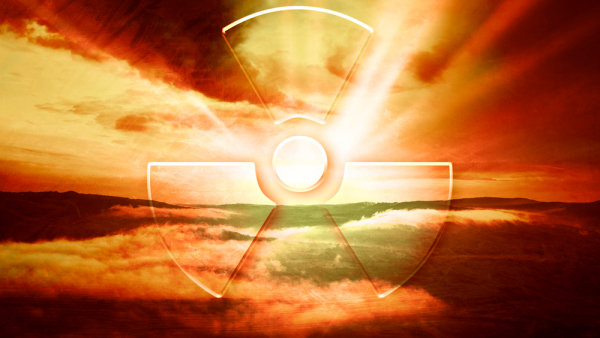Earth Protects Life from Dangerous Space Radiation
On September 1, 1859, the Sun experienced an unusually large storm that ejected a massive cloud of charged particles. Seventeen hours later, on September 2, the cloud collided with Earth’s atmosphere, generating one of the most spectacular displays of the aurora borealis ever recorded. Even people in Hawaii and Cuba witnessed the aurora! So much electromagnetic energy coursed through the Earth that telegraph operators across the Atlantic Ocean could operate their equipment without connecting it to any batteries. Estimates of damage caused by such an event today range upwards of $2 trillion just for the United States. Yet, these remarkable events highlight another way that Earth seems designed for us to live here.
Earth’s atmosphere shields its residents from most of the deadly radiation flying through the solar system. However, the radioactive components of the crust, atmosphere, and even our bodies provide a low-level background dose of radiation that seems to enhance the health of Earth’s inhabitants. Anyone traveling into space loses the protective aspect of the atmosphere, a problem that impacts future space travel plans. One of the rarer, but more dangerous, radiation hazards relates to the electromagnetic storms seen on the Sun.
A team of scientists investigated the impact of a larger solar event on a canceled mission from the early 1970s. Because we currently lack the ability to physically reproduce the radiation doses, timescales, and composition of the environment in the spacecraft, the team used large supercomputers to simulate the radiation exposure of the astronauts on the planned 30-day mission. The simulations (each of three test cases required 150,000 computer hours on the Lonestar 5 and produced 2.5 Tb of data) showed that during a normal 30-day flight, astronauts would have experienced between a dose of 40 and 120 mSv. Although higher than background (around 2.5 mSv/year), this amount of radiation is well within the exposure limits for NASA astronauts.
Had the mission launched before the 1972 solar event, the astronauts would have experienced 1,770 mSv to their skin and 450 mSv to their internal organs—both well above exposure limits. According to the paper, exposure at this level would result in “nausea, vomiting, fatigue, weakness” and potentially death if not treated quickly enough. A Carrington-strength event (described in the introduction) missed Earth by just 9 days in 2012, highlighting the ever-present danger that astronauts in space face.
But the dangers of traveling in space grow worse. Apparently, the solar activity of the last sunspot cycle decreased dramatically. Normally this would indicate less radiation exposure, but it actually increases the damaging radiation. Low solar activity reflects a weaker magnetic field from the Sun. Since this solar magnetic field deflects the cosmic rays traveling through the galaxy, a weaker field means that more of the galactic cosmic rays penetrate to Earth’s orbit. As stated in the paper, such a low solar wind density and magnetic field strength have “never been observed during the space age.”
For people on Earth’s surface, this weak solar activity has almost no effect. However, astronauts traveling to the Moon or Mars would experience a 20% increase in galactic cosmic rays compared to a decade or so ago. It should be noted that effective spacecraft shielding can mitigate much of the increased galactic cosmic ray exposure.
Even though we can prepare and minimize the effect of solar events and weakened solar magnetic fields, these studies remind us of a truth that benefits all life on Earth. Earth’s atmosphere protects humanity (and all life on Earth) from the rather variable and detrimental radiation environment in the solar system. It’s almost like someone designed it with humanity in mind.
Check out more from Dr. Jeff Zweerink @Reasons.org





